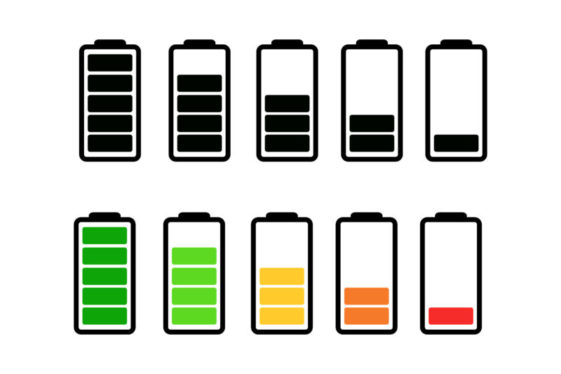
Enlarge (credit: Chanakarn Phinakan)
Current lithium-based batteries are based on intercalation—lithium ions squeeze into spaces within electrode materials such as graphite. As a result, most of the battery’s volume and bulk is dedicated to things that don’t contribute to carrying charges between the electrodes, which sets a limit on the sorts of energy densities that these technologies can reach.
As a result, a lot of research has gone into finding ways of getting rid of one these electrode materials. People have tried pairing lithium-metal electrodes with various materials, while other efforts have tried using electrodes where lithium reacts with air to form lithium-oxygen compounds. While these worked by some measures, they tended to have problems that drastically shortened their useful lifetimes.
But a recent paper describes a battery that uses lithium metal at one electrode and lithium air for the second. By some measures, the battery has decent performance out to over 1,000 charge/discharge cycles.
Read 15 remaining paragraphs | Comments


